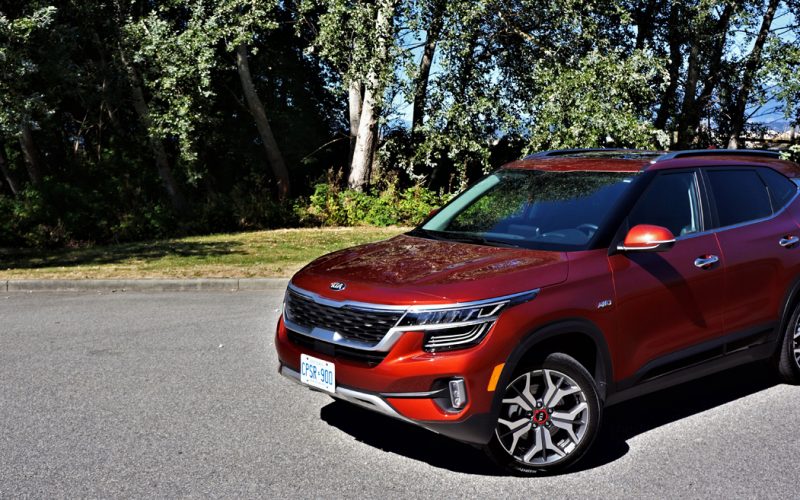
Reading Time: 13 minutesTwo weeks of living with two trims of Kia’s latest Seltos, and it’s now easy for
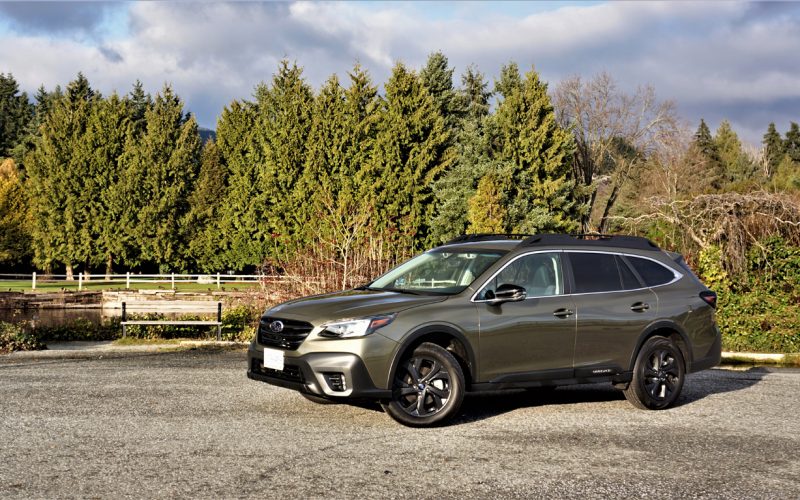
Reading Time: 15 minutesSubaru is all about subtleties when it comes to redesigns, with the latest Outback staying true
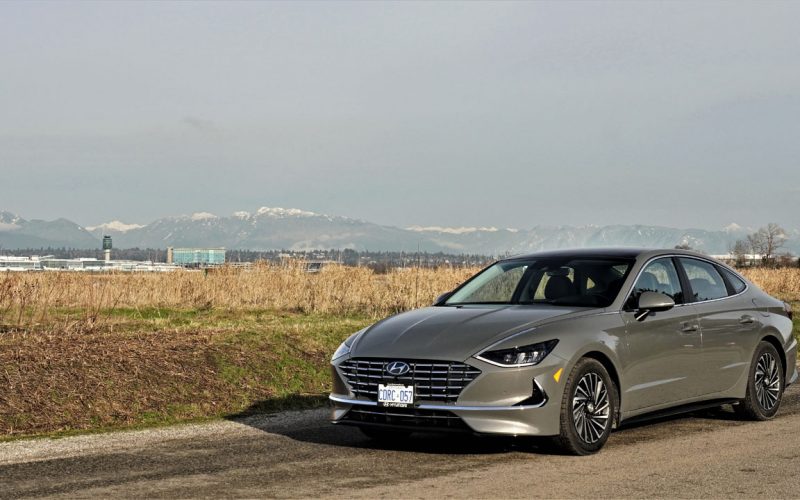
Reading Time: 9 minutesThe mid-size sedan might be a dying breed, especially in Canada where they’ve never been as
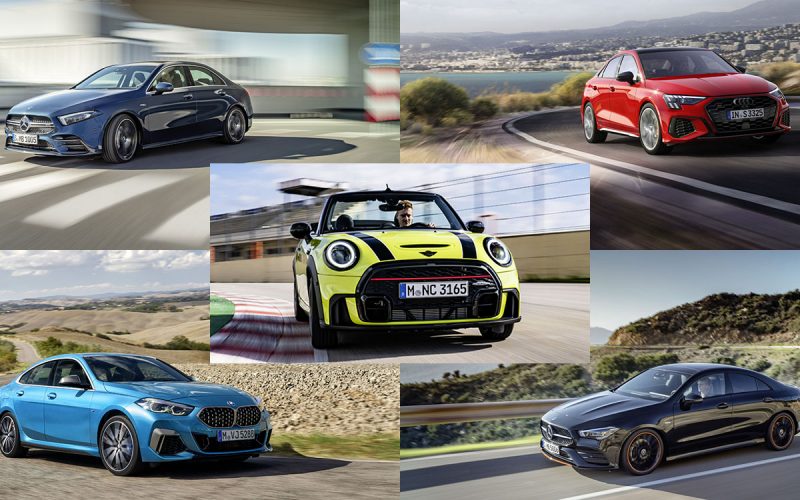
Reading Time: 22 minutesSmall luxury sedans and hatchbacks aren’t selling as well as they once did, but some brands
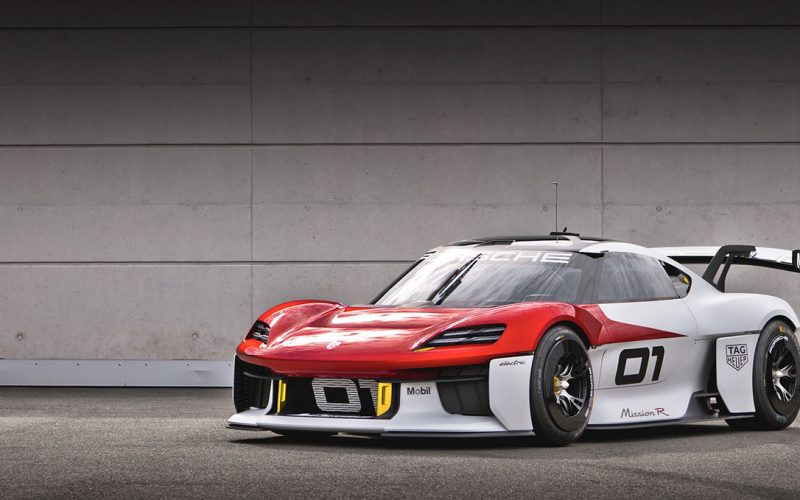
Reading Time: 6 minutesWith an automotive world shifting away from gasoline- and diesel-powered internal combustion engines, and toward battery
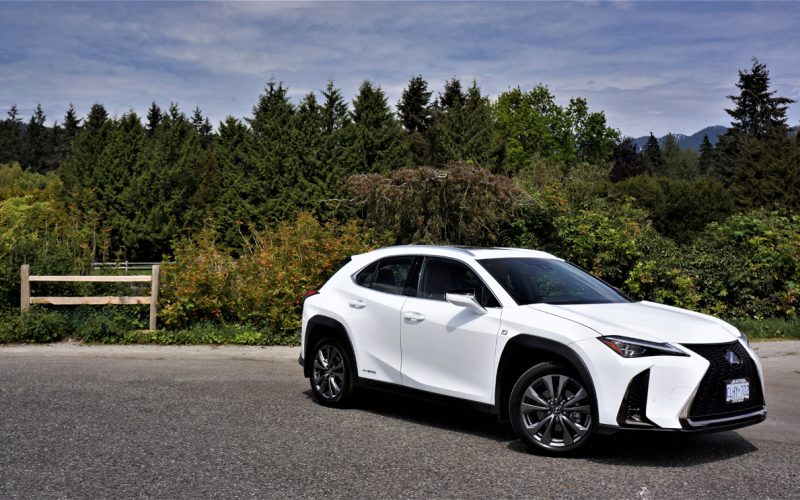
Reading Time: 14 minutesIn the automotive industry, especially the premium sector, there’s no set formula a brand can simply
Reading Time: 17 minutesAbout a decade into my automotive journalism career, and a bit more than 10 years ago,
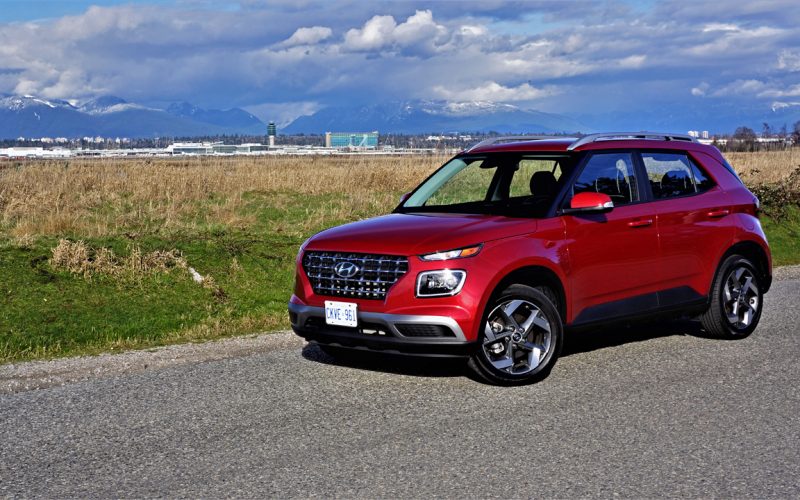
Reading Time: 18 minutesIf you want to know where the future lies in the automotive industry, just look where
© 2025 The Car Magazine. All Rights Reserved, Privacy Policy | Terms of Use